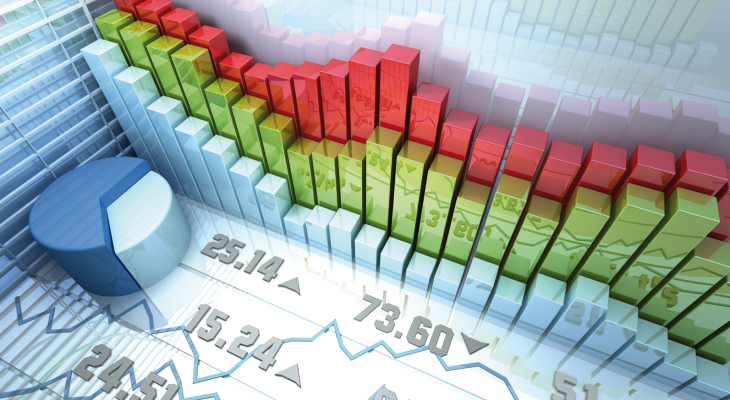The U.S. dollar was modestly lower on Monday on weak economic data, but remained near the two-week high set earlier in the session as investors reconsidered how dovish the Federal Reserve is likely to be at this week’s policy meeting.
Broader currency markets were quiet, as traders hesitated to put on large positions before the Fed’s two-day meeting, a meeting of European Central Bank policymakers in Portugal and the Bank of England’s interest rate decision on Thursday.
“It wouldn’t surprise us to see a bit of volatility going into these meeting but ultimately you’re going to see people taking more of a wait-and see approach,” said Charles Tomes, portfolio manager at Manulife Asset Management.
The New York Federal Reserve said on Monday its gauge of business growth in New York state posted a record fall this month to its weakest level in more than 2-1/2 years, suggesting an abrupt contraction in regional activity. The weak data did not change the low expectations the Fed will cut rates at its meeting this week.
Expectations of a rate cut at the Fed’s June 18-19 meeting have fallen to a probability of 19.2%, according to CME Group’s FedWatch tool. But bets for monetary easing at its July meeting remain elevated, with markets pricing in a 70.1% chance of a 25 basis point cut.
Slow jobs growth in May, dovish comments from Federal Open Market Committee members and a slate of weak inflation data last week pushed rate-hike expectations up.
“It’s probably warranted that you need somewhat of a rate cut priced in. We think the pendulum has swung a little too far, too fast in the short term where the market has gotten ahead of itself pricing in cuts,” said Tomes.
The dollar index hit a two-week high of 97.603 on Monday but was last 0.17% lower at 97.407. The euro was 0.28% higher at $1.124 as investors awaited policymakers speeches at the European Central Bank meeting in Sintra, Portugal, and Tuesday’s euro zone inflation data.
Fears that a protracted Sino-U.S. standoff could tip the global economy into recession have prompted rate cuts in India, Philippines, Malaysia, New Zealand and Australia. The ECB has also signalled the prospect of more stimulus.
Against the yen, the dollar was slightly stronger, last up 0.02% to 108.58.
Sterling slid as low as $1.257, its weakest since January and heading for a 2019 low. Investors worry Boris Johnson, the front-runner to replace Prime Minister Theresa May, could put Britain on a path towards a no-deal Brexit.














